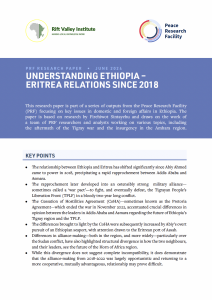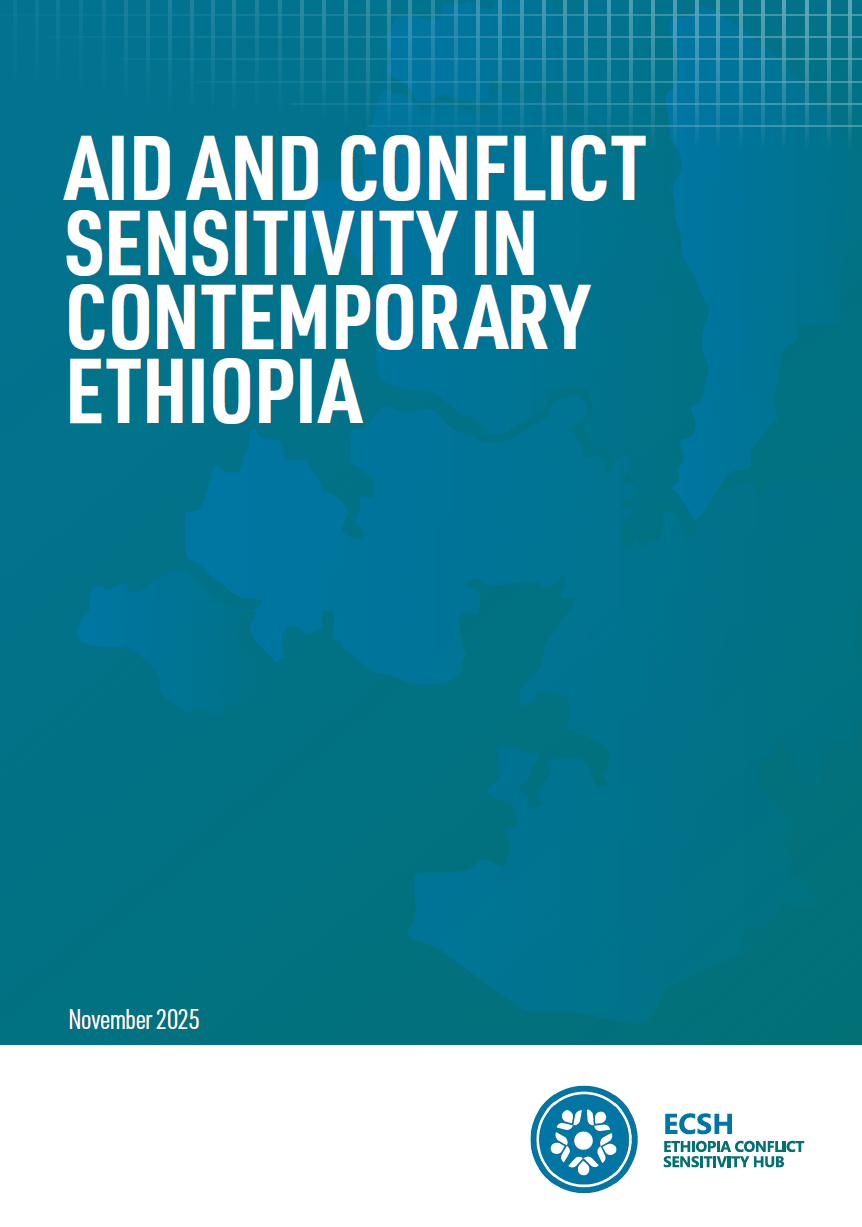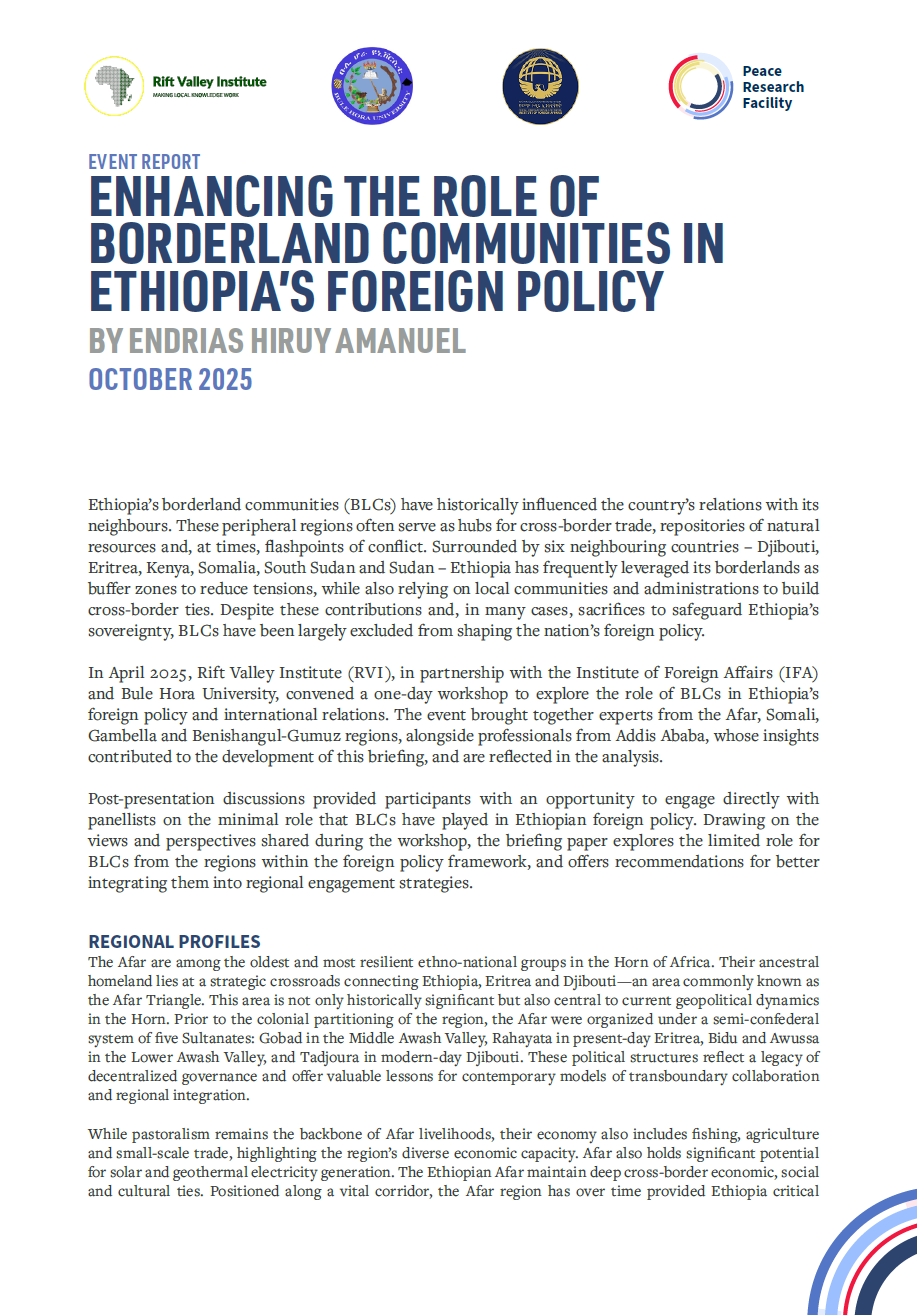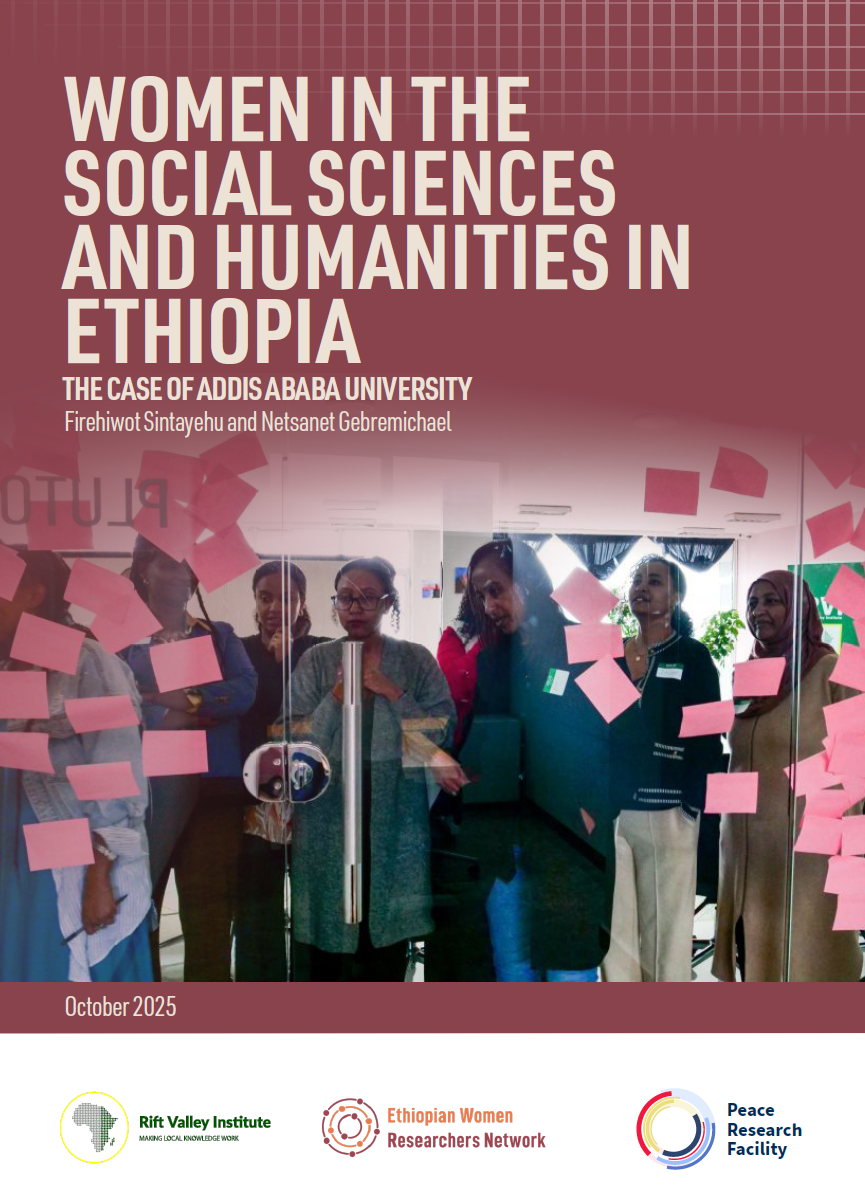This research paper is part of a series of outputs from the Peace Research Facility (PRF) focusing on key issues in domestic and foreign affairs in Ethiopia. The paper is based on research by Firehiwot Sintayehu and draws on the work of a team of PRF researchers and analysts working on various topics, including the aftermath of the Tigray war and the insurgency in the Amhara region.
KEY POINTS
- The relationship between Ethiopia and Eritrea has shifted significantly since Abiy Ahmed came to power in 2018, precipitating a rapid rapprochement between Addis Ababa and Asmara.
- The rapprochement later developed into an ostensibly strong military alliance—sometimes called a ‘war pact’—to fight, and eventually defeat, the Tigrayan People’s Liberation Front (TPLF) in a bloody two-year long conflict.
- The Cessation of Hostilities Agreement (CoHA)—sometimes known as the Pretoria Agreement—which ended the war in November 2022, accentuated crucial differences in opinion between the leaders in Addis Ababa and Asmara regarding the future of Ethiopia’s Tigray region and the TPLF.
- The differences brought to light by the CoHA were subsequently increased by Abiy’s overt pursuit of an Ethiopian seaport, with attention drawn to the Eritrean port of Assab.
- Differences in alliance-making—both in the region, and more widely—particularly over the Sudan conflict, have also highlighted structural divergence in how the two neighbours, and their leaders, see the future of the Horn of Africa region.
- While this divergence does not suggest complete incompatibility, it does demonstrate that the alliance-making from 2018-2022 was largely opportunistic and returning to a more cooperative, mutually advantageous, relationship may prove difficult.




